History, Design and Philosophy Behind Central Park in New York City
Watercolor sketch of Central Park, Bethesda Terrace in New York City by Mitchell Rocheleau.
Central Park
Why is Central Park important for our generation to understand? Why would a park constructed in the late 1800’s be significant to our contemporary society?
Central Park is the product of a cultural shift in New York City in the late 1800s. The city began to question the quality of the environment that was developing. There was a moment of awakening when they realized they needed to reintegrate nature into the fabric of their fast-growing, industrializing town.
At the time, industry, capitalism, efficiency, and progress were the priorities and drivers in New York society. Despite its zeal, groups of citizens sensed that the character and makeup of New York was becoming imbalanced as it reflected the overpowering presence of these industrial and capitalistic forces. The city was growing somewhat unconsciously, becoming increasingly unhealthy physically and mentally. Overcrowding, pollution, and improper disposal of human, animal, and industry waste was rampant. New Yorkers were disconnected from nature and deprived of fresh air and water. In addition, a growing chasm between social classes was evolving within the city. Uprisings and violence in France due to the exact circumstances raised eyebrows as an increasing concern among New York citizens.
The creation of Central Park can be seen as an attempt to counterbalance and return New York City's urban environment and society to homeostasis. The city is an organism; like any organism, it sensed an imbalance and sought to recalibrate itself. This recalibration would come to fruition in the shape of a public park and aspire to invigorate an evolved environmental, societal, and political ethos within the city. The park was not just a park but a mechanism for expressing and implementing the values of a new culture.
Beginnings of the Idea for a Park
In 1848, Andrew Jackson Downing began circulating ideas for a large-scale public park for New York. Downing received word of a social revolution because of the growing chasm between the classes in Paris and became concerned that this could also happen in New York City. New Yorkers steadily separated themselves into distinct classes through society for quite some time. There was no space where the different classes could exist together. He believed that a large-scale public park would facilitate the comingling of the classes, thus reducing tensions and frustrations of the working class.
Downing believed that beautifully designed natural public spaces had the power to elevate the quality of the working man's life, allowing him to enjoy the pleasures of the upper class. He felt a large park would help psychologically and physically, by providing respite from the city's polluted air and unnatural environment. The park would have the power to heal. Famously, he suggested that the park would be the “lungs of the city.”
Another prominent citizen and businessman named Robert Browne Minturn began supporting the idea of a public park at a similar time. Through his business, he had the opportunity to travel to Europe. He observed that many European cities had beautifully designed public parks. At the time, New York had nothing that could compare. Minturn believed that, in order to be a significant commercial hub, New York needed a large public space; in doing so, it would elevate the city's cultural and commercial status.
Initially, a location named Jones’s Wood was considered. It was a 150-acre plot located along the East River. However, the owners of the plot were unwilling to sell the land. Backed by Senator James Beekman, a group of wealthy New Yorkers, many of whom had land adjacent to the park and would be the beneficiary of significant property value increase, pushed to find a solution to obtain the land. In 1851 a bill was introduced that allowed New York to take control of the land through eminent domain. Eminent domain is a political and real estate tool where governmental agencies can force the sale of private land for governmental use if the landowners are compensated appropriately.
Video showing one of the many natural rock formations left in the park by Olmstead and Vaux. Video and Images Copyright 2024 by Mitchell Rocheleau
A More “Central Park”
People on the Upper West Side of New York were unhappy about this proposition because they felt the park would be too far away from them to enjoy. They also felt that the properties would not benefit from the increased real estate values offered by the park. The closer to the park, the higher the value of the property. This is certainly the case today.
They proposed a park roughly halfway between the two locations and more “central.” The land in the proposed area was hilly and rocky, which made poor building sites anyway. A park could take advantage of these topological characteristics and be perfect for this area. The land in this area was much less expensive than the riverfront land of the East River proposal. The city also owned much of this land, hopefully making the acquisition more straightforward and allowing them to build a more extensive park than the one proposed at Jones’s Woods.
After several years of consideration over the two sites, the plot of land at the island's center was determined to be the best location for the park. The State acquired the land by eminent domain in 1853, initially for 778 acres. The total cost for the acquisition was five million dollars. The state then established a Board of Central Park Commissioners to administer the park's design, construction, management, and maintenance.
Bethesda Terrace and Bethesda Fountain with lake in the background for boat rides. Images and Videos copyright 2024 by Mitchell Rocheleau
The Design Competition
The Board of Commissioners held a competition for the park's design. Frederick Law Olmstead and Calvert Vaux partnered to submit the Greensward Plan. Olmstead was the site manager of the park at the time and had a deep knowledge of the land. Vaux was a practicing architect well-versed in technical drawing and artistic rendering. Together, they offered a well-balanced proposal addressing technical/practical issues and a highly intellectual and artistic solution based on the fundamentals of naturalistic design principles. Their design was also intended to showcase the city's democratic values. The commissioners selected their plan to construct the park.
Video/Image copyright 20214 Mitchell Rocheleau
The Design Philosophy of the Park
The philosophies behind the park's design were essential to Olmstead and Vaux. They were equally important as the technical requirements and functionality. What would the park say about New York and America? Central Park would be the iconic landmark at the center of an evolving city that was to be one of the most prominent cities in America. Olmstead and Vaux believed that the park was not just a park but a mechanism to make a broader societal and cultural statement on behalf of the nation.
Around this time, philosophical and environmental ideas led by thinkers such as Ralph Waldo Emerson and Henry David Thoreau were brewing. They suggested reconnection with the natural world and the importance of examination, appreciation, and exposure to nature in an individual's life. These ideas inspired a wide range of fields, from medicine to design.
Emmerson and Thoreau's ideas influenced Olmstead and Vaux's design for the park. Rather than promoting the highly manicured, symmetric, and regimented landscape designs commonly found in European gardens' palaces and aristocratic estates, naturalistic design principles sought to create environments that more closely mimicked a natural meadow or forest. It was based on the philosophy that Mother Nature was the best designer. They included winding meandering paths, irregular-shaped planting arrangements, water features mimicking ponds, exposed rock formations, and native ground cover and plant material.
Olmstead and Vaux believed that a well-designed public park could strengthen the social fabric by intermingling and promoting interactions between various people and social classes. They felt that the city's more “uncivilized” people would be exposed to the pleasures of nature and beauty and thus allowed to improve themselves, improving society.
They wanted the park to be a sanctuary or retreat from the city, offering a completely natural environment that any citizen could enter and feel a complete escape from the city. They intended for the city life's normal business and stresses to be left behind once entering the park. In their minds, experiencing the park through an afternoon walk was a much healthier way to escape the city than the common methods at the time, which often included alcohol and debauchery.
In the park, citizens would escape the “habit of the mind, cultivated in commercial life, of judging values by the market estimate.” (Burrows & Wallace 794).
Boathouse by the park's Conservatory Water pond for remote-controlled, wind-powered model sailboats. Video and Images Copyright 2024 by Mitchell Rocheleau
A Democratic Park
Along with their Naturalistic design philosophy, they also hoped to capture the ideas of democracy and social class intermixing in their design.
Although the early conceptions of a park may have been influenced, at least to some degree, by the desire of the wealthy upper class to have an elite park, Vaux and Olmstead would take the park's design and intention in another direction. They wanted a democratic park that would benefit all classes of people. Democracy, equality, and liberty were the nation's founding principles, and the park would be an opportunity to express these ideas to the world.
The design of the entrances to Central Park speaks to this idea. Vaux and Olmstead did not want one large formal entrance to the park. Instead, they designed multiple smaller entrances spread out on all sides and accessible from all neighborhoods. Those from anywhere in the city could easily access the park despite their socioeconomic status and neighborhood.
They did not want to limit access strategically by placing a single access point near the wealthiest neighborhoods. Had this park been built during the Baroque period, when the ideologies of order, hierarchy, extravagance, and formality reigned supreme, the park's entrance locations, design, and naming conventions would have most likely looked very different. Instead, Olmstead and Vaux wanted to challenge historical conventions and offer a new solution that was more in alignment with the evolving ideas of the time.
They named each of these entrances according to the city's different professions. The names of the original gates are as follows: Artisans', Artists', Boys', Children, Engineers', Farmers', Girls', The Gate of All Saints, Hunters', Mariners', Merchants', Miners', Pioneers', Scholars', Stranger's, Warriors', Women's, Woodmen's. This is a clear example of how political and philosophical shifts in a society directly affect the architecture and design of a city.
Bethesda Terrace and Bethesda Fountain with lake in the background for boat rides. Images and Videos copyright 2024 by Mitchell Rocheleau
Initial “Rules” Limiting a Truly Democratic Park
Although there was a solid effort to democratize the park, there was the residue of less democratic ideologies present in its operational regulations. Although many of these have dissolved today, they are important to mention as they illustrate a society still grappling and evolving with a cultural shift.
Marital displays, civil processions, and public oratory were not allowed in the park. Parts of the park were reserved for silent promenading, and others limited political discussions. The park attempted to limit and control actions in the park, so much so that over 125 types of posters and signs were posted intended to direct, instruct, and control behavior in specific areas. A park police force was created to enforce these regulations and controls. Because many of these restrictions and controls were temporary and regulatory injunctions, many dissolved over time.
Many argue that the park was created primarily for the pleasure of the upper class; however, it was marketed in the guise of a public park. Regardless of these motives, the result of the park today is a democratic space for the public to seek balance in nature and find a moment of respite from the intensity of the city.
Video showing one of the many natural rock formations left in the park by Olmstead and Vaux. The Dairy is also shown in on the right side of the video. It was once intended as a building to offer milk to the children playing in the park. Today it operatates as a gift shop. Video and Images Copyright 2024 by Mitchell Rocheleau
Why is the Park Important Today?
Why is it essential for us to recount the development of Central Park? It illustrates a moment of a city's collective self-awareness, maturation, and growth. Before this, New York City was obsessed with its capitalistic and industrial tendencies, losing sight of its concern for humanity.
This brought about social unrest, death, class and racial separation, horrid living conditions, and cultural rot within the city. The fact that New York chose to take action to rebalance itself shows noteworthy collective growth. Just as an individual human grows and develops emotional awareness, New York City was collectively operating in the same way.
What are the imbalances in our societies and cities today? Are our current preoccupations and cultural obsessions distracting us from creating urban environments that facilitate human flourishing and health? Can these be addressed through environmental design, public spaces, and architecture?
Bibliography
Rosenzweig, Roy, and Elizabeth Blackmar. The Park and the People: A History of Central Park. Cornell University Press, 1992.
Wallace, Michael, and Edwin G. Burrows. Gotham. Oxford University Press, 1998






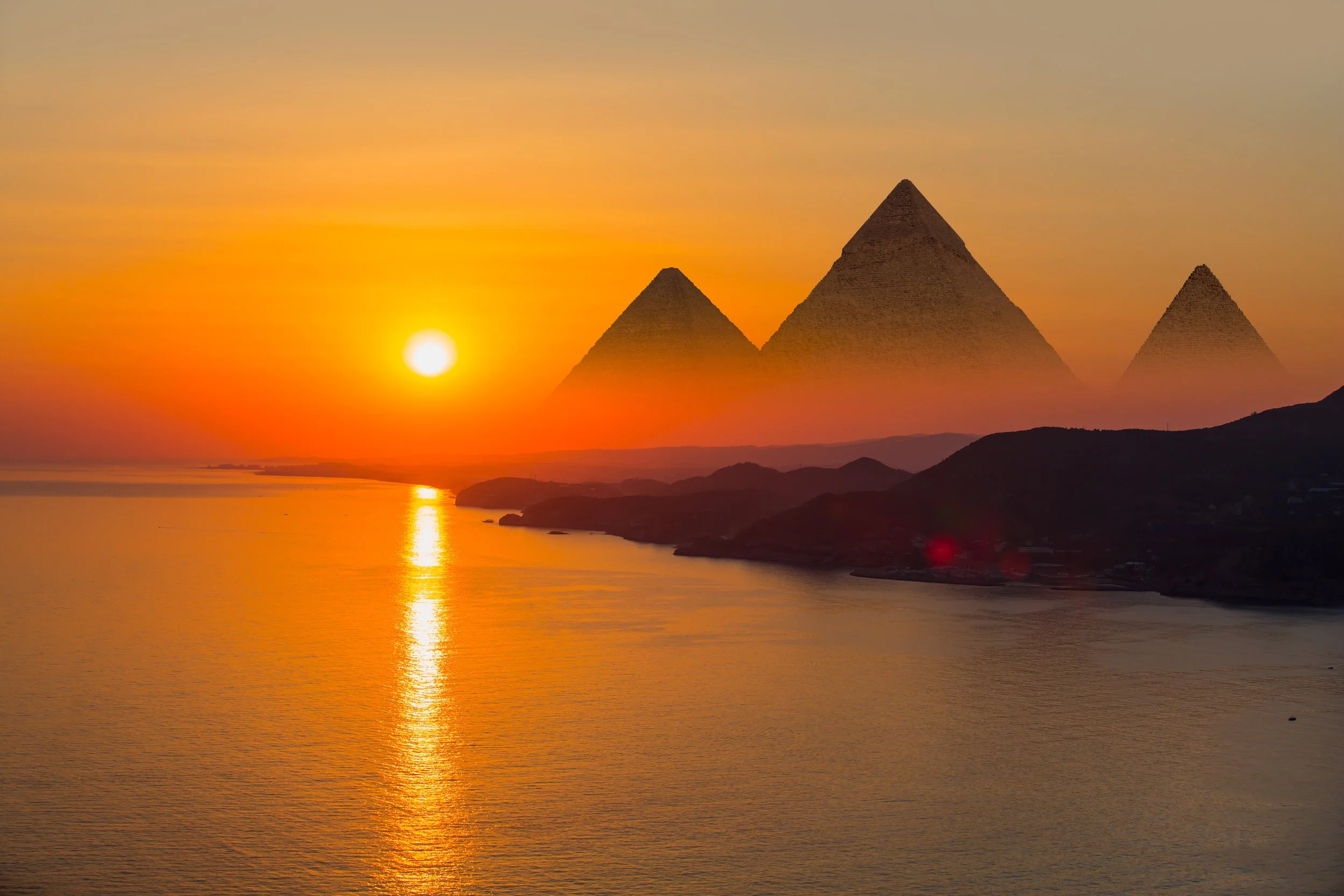

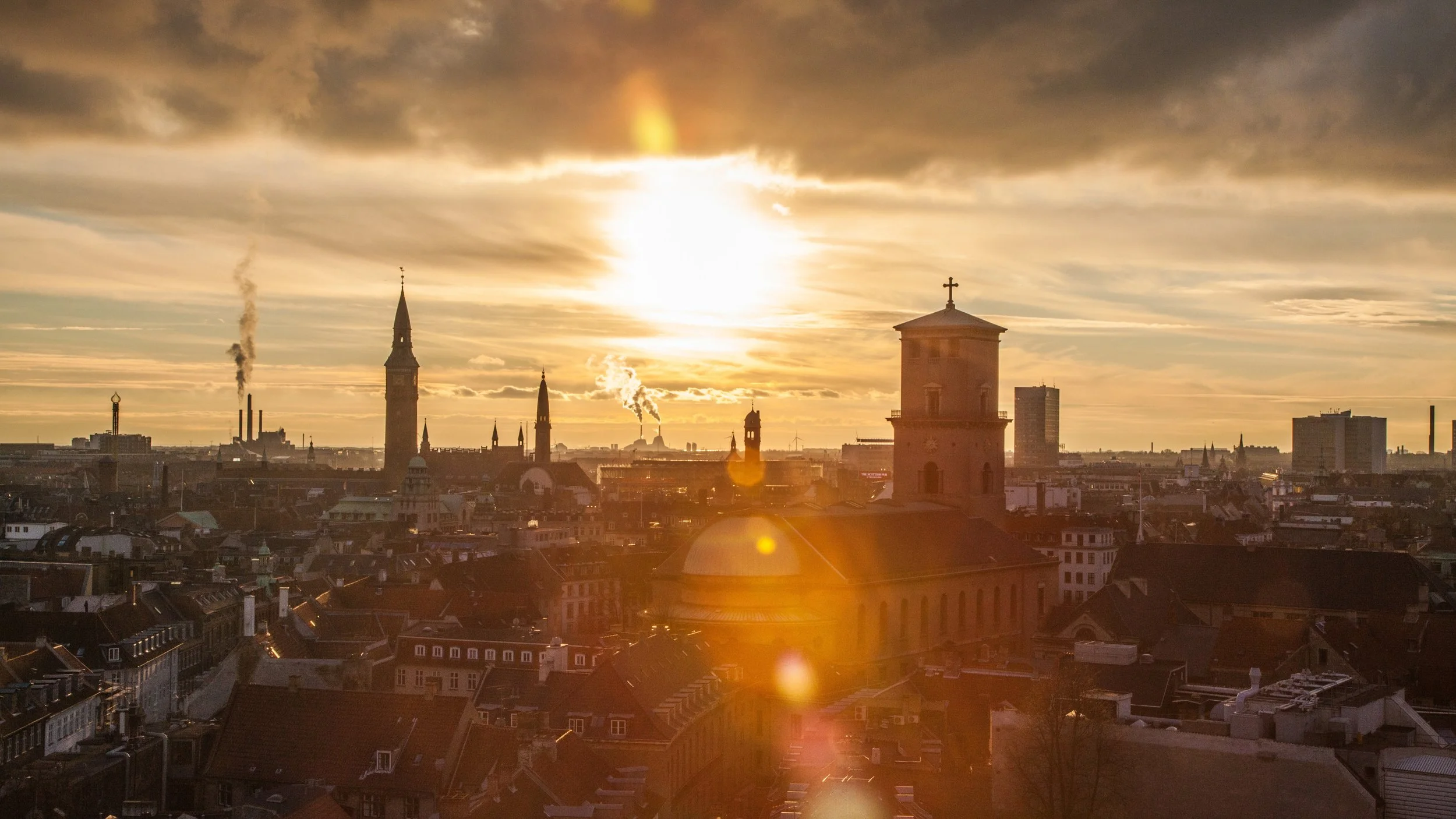



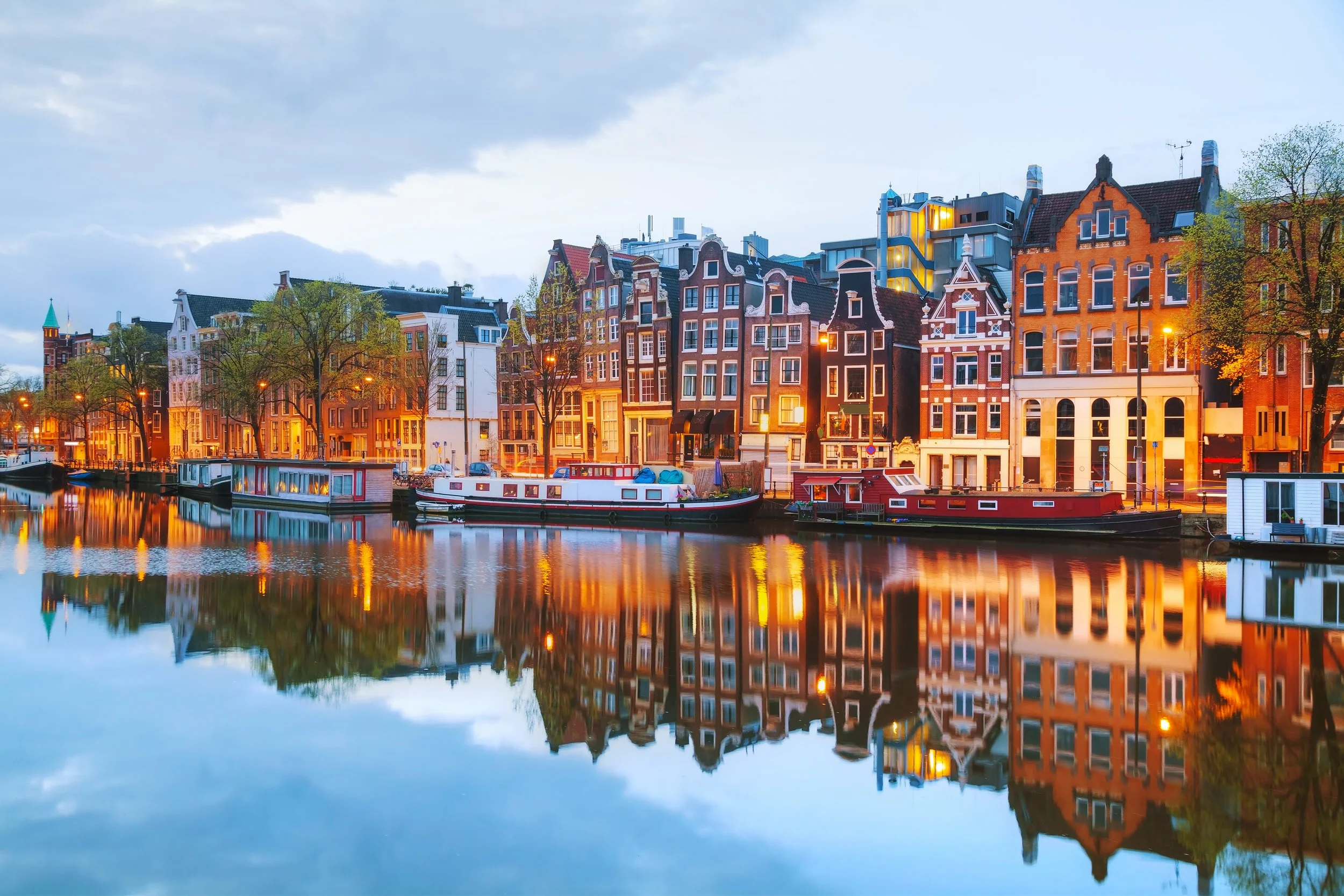
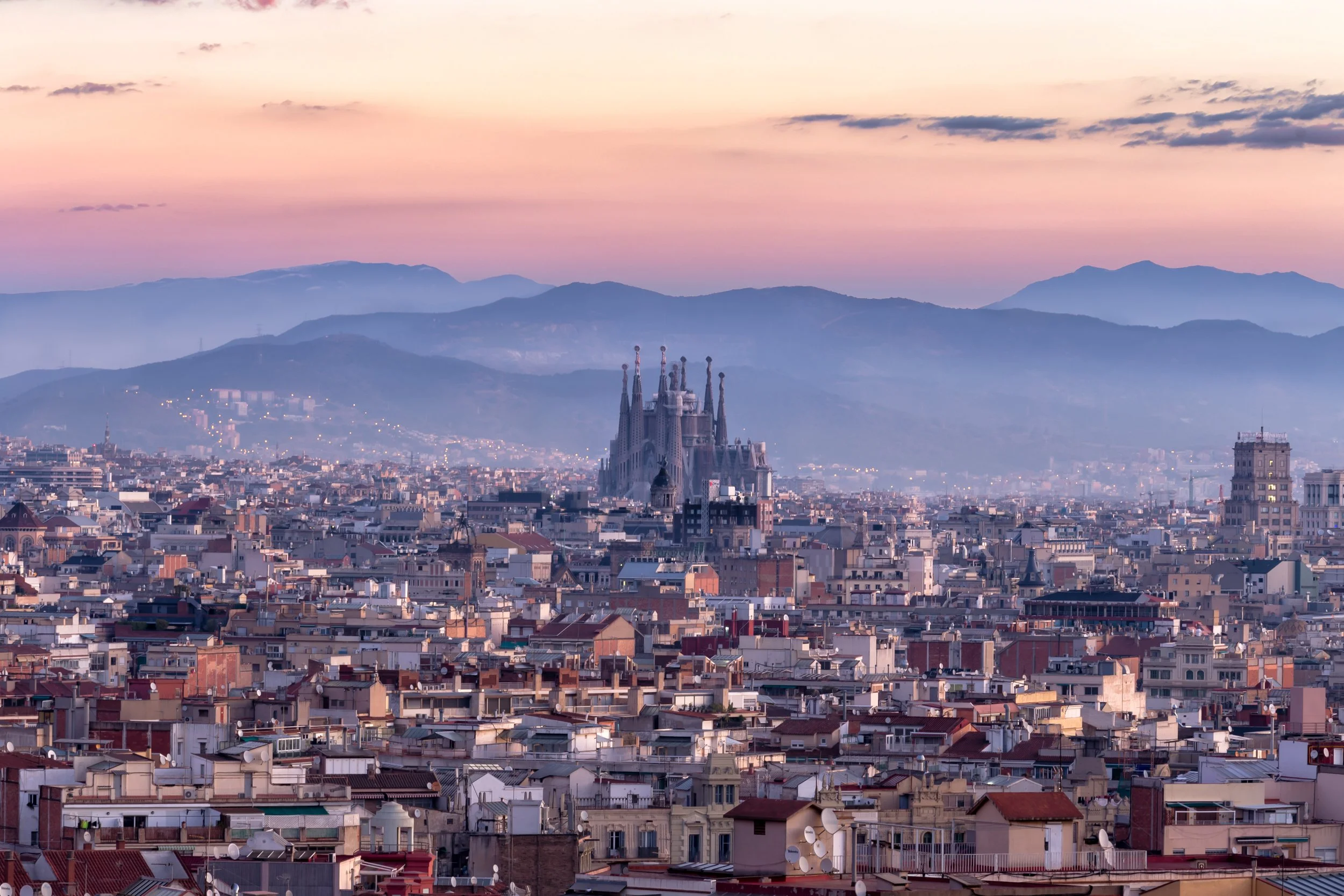
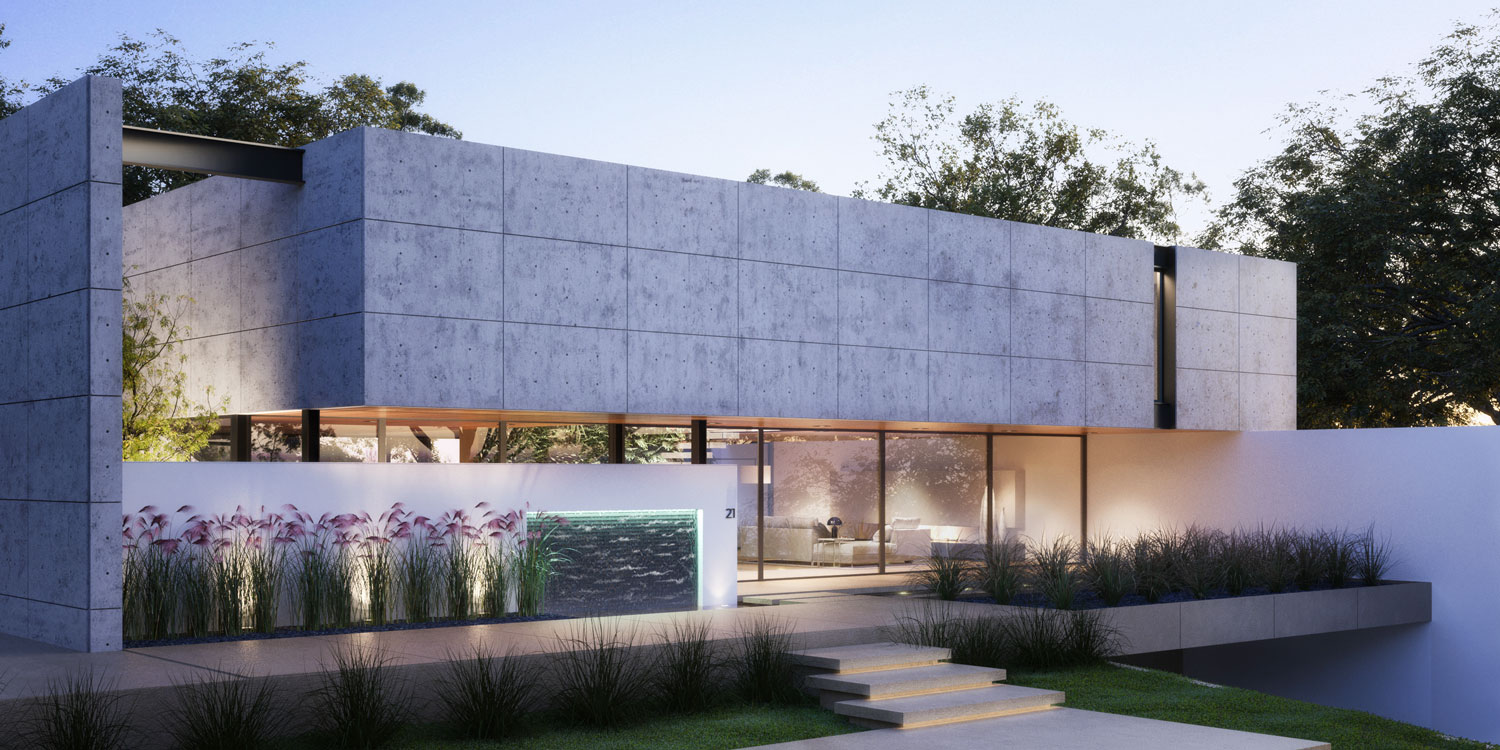

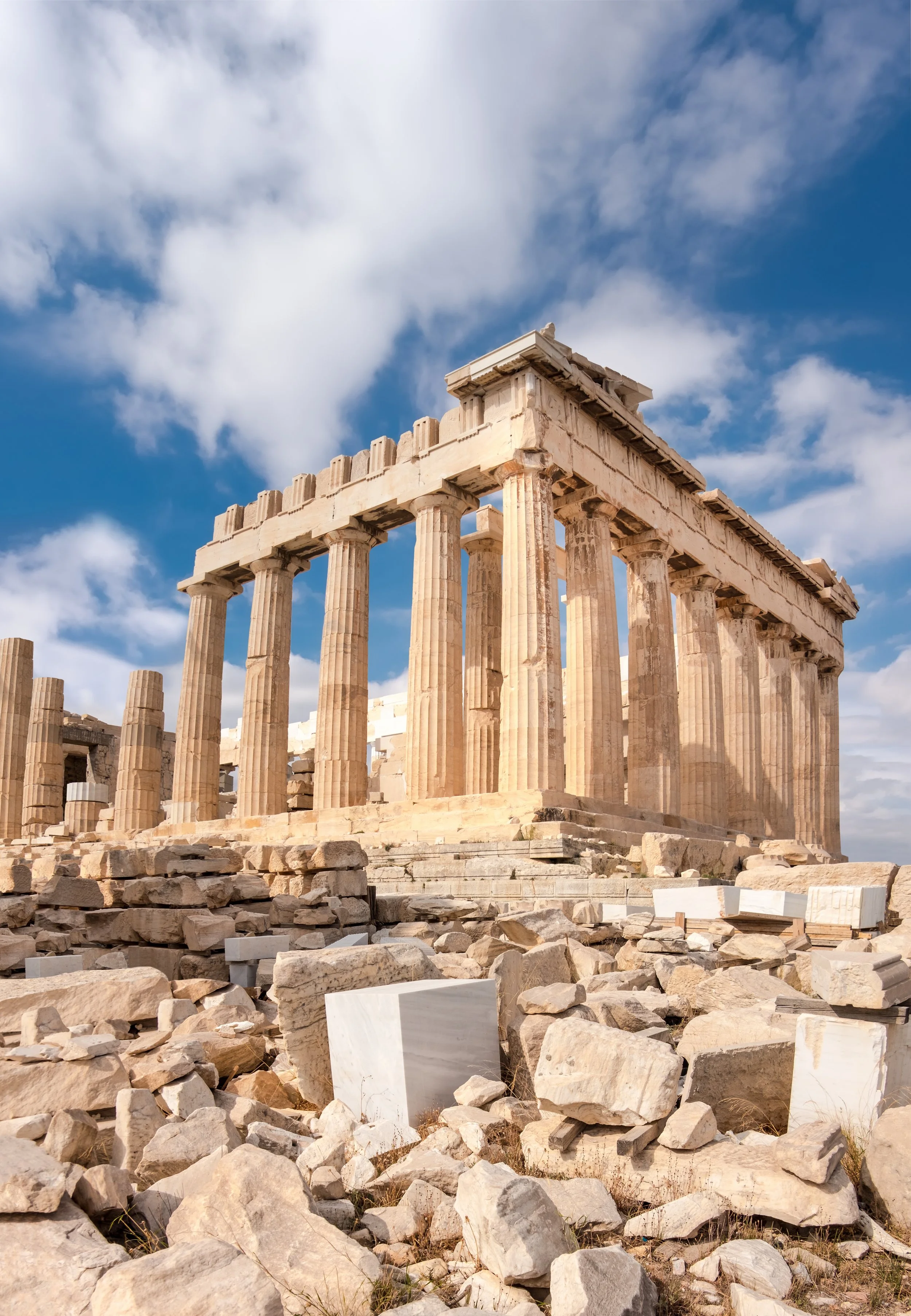





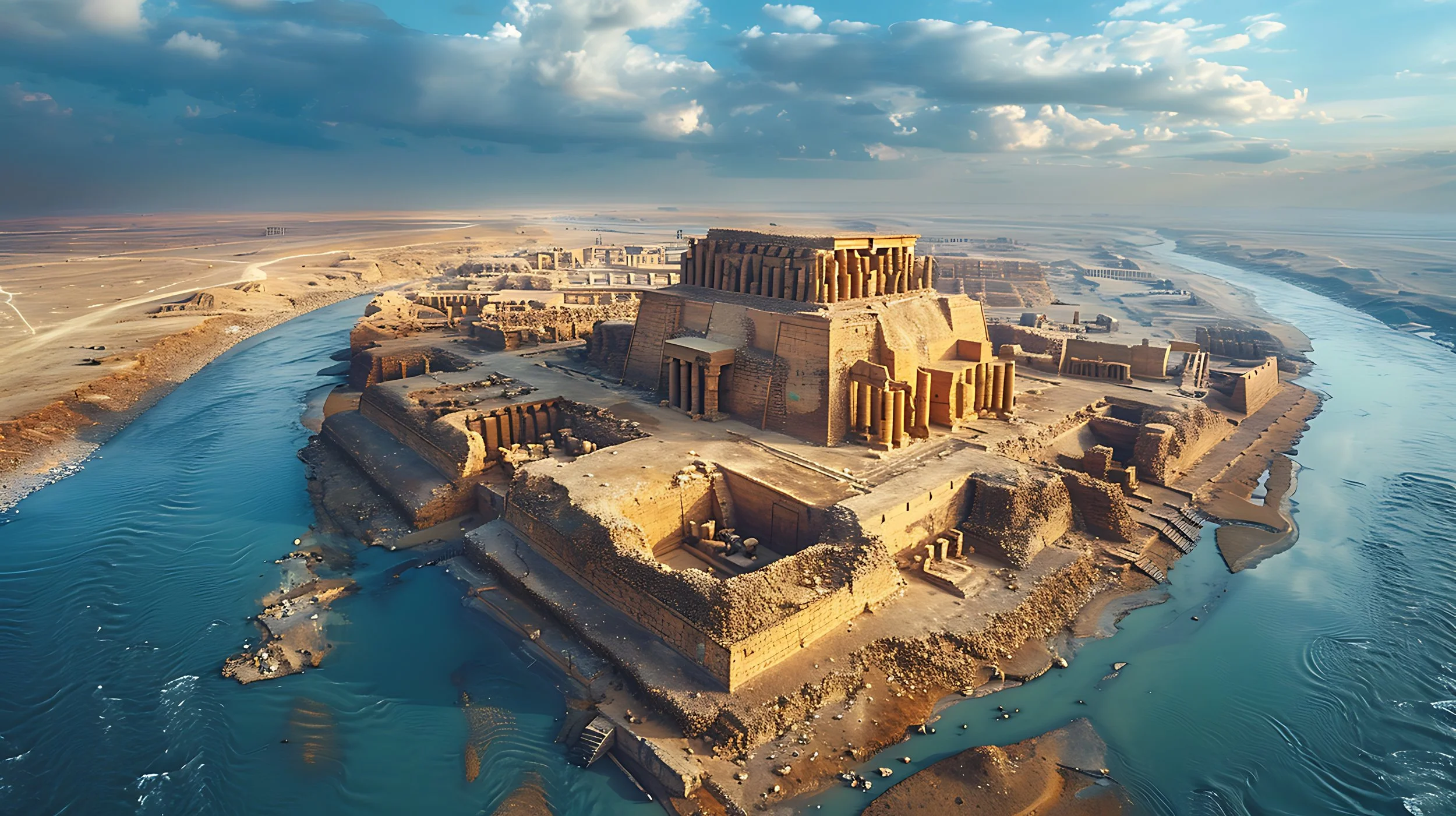








Notre Dame Cathedral had the power to embed itself into more than just the cityscape. It made its way into the hearts of the people of Paris. When the Cathedral was engulfed in flames on April 15th, 2019, we were reminded that the architecture around us impacts our lives beyond functionality. Principal and Architect of ROST Architects, Mitchell Rocheleau, discusses the history, architecture, and the architectural power of Notre Dame Cathedral.